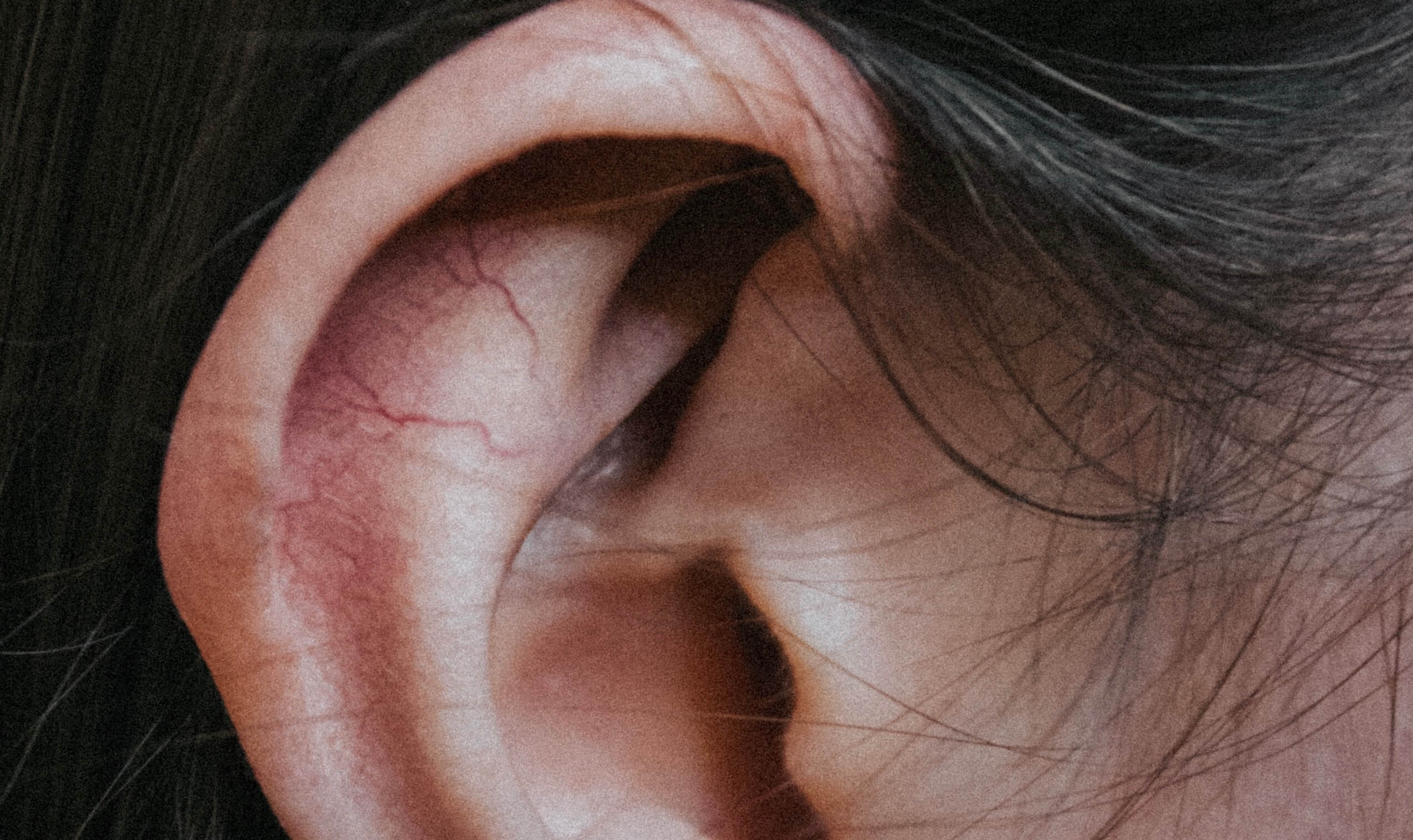
A fungal infection behind the ear is a condition that can be bothersome and unsightly, but it’s also quite treatable. Understanding the symptoms, causes, treatment options, and preventive measures can help you address the problem effectively. This comprehensive guide provides detailed information to help you identify and manage a fungal infection behind the ear.
How to Identify
Symptoms
The primary symptom of a fungal infection behind the ear is itching, often accompanied by redness, scaling, or flaking skin. You may also experience a sense of discomfort or tightness, and in some cases, there could be an unpleasant odor. The area may feel tender to the touch and may even have small, fluid-filled blisters.
A healthcare provider will usually diagnose a fungal infection through a visual examination. In some cases, they might perform a skin scraping test where a small sample of the affected skin is analyzed under a microscope for fungal elements.
Additional Testing
For persistent or severe cases, additional tests such as a fungal culture may be performed to identify the specific type of fungus causing the infection. Knowing the exact fungus can guide more targeted treatment.
Causes
Fungi thrive in warm, moist environments. The area behind the ear provides such an environment, especially if you tend to sweat a lot or live in a humid climate.
Lack of proper cleanliness can contribute to the buildup of sweat and oil, creating an ideal breeding ground for fungi like candida, but also people with skin conditions like eczema or psoriasis are more susceptible to fungal infections. These conditions compromise the skin barrier, making it easier for fungi to invade.
Other Factors
A weakened immune system, either due to underlying health conditions or medication, can also make you more susceptible to fungal infections.
Treatment
Antifungal Creams
Over-the-counter antifungal creams containing ingredients like clotrimazole or ketoconazole are usually the first line of treatment. Apply as directed, ensuring that the medication comes into direct contact with the affected area.
Prescription Medication
For more severe or persistent infections, a healthcare provider may prescribe stronger antifungal medications, either topical or oral.
Lifestyle Changes and Home Remedies
Keeping the area dry is essential for effective treatment. Make sure to dry behind your ears thoroughly after showering and consider using a hair dryer on a cool setting to ensure the area is dry.
Some natural remedies like tea tree oil or apple cider vinegar have antifungal properties, but their efficacy is not universally supported by scientific evidence. Always consult a healthcare provider before trying home remedies.
Prevention
Good Hygiene
Regularly washing behind the ears with soap and water and keeping the area dry can go a long way in preventing fungal infections.
Avoiding Irritants
Products like shampoos, conditioners, and lotions can sometimes irritate the skin and contribute to fungal growth. Opt for hypoallergenic or fragrance-free products if you’re prone to infections.
Opt for breathable materials like cotton to reduce sweat buildup behind the ears.
Regular Check-ups
If you have preexisting skin conditions or are immunocompromised, regular check-ups can help monitor your susceptibility to fungal infections and catch them before they become a significant problem.
Dietary Choices
A balanced diet that boosts your immune system can help fight off fungal infections more efficiently. Foods rich in antioxidants, vitamins, and minerals can bolster your body’s natural defenses.
In conclusion, a fungal infection behind the ear is generally treatable but can cause discomfort and annoyance. Awareness of the symptoms, causes, treatment options, and preventive measures can equip you with the knowledge to manage this condition effectively. Always consult a healthcare provider for accurate diagnosis and appropriate treatment.





